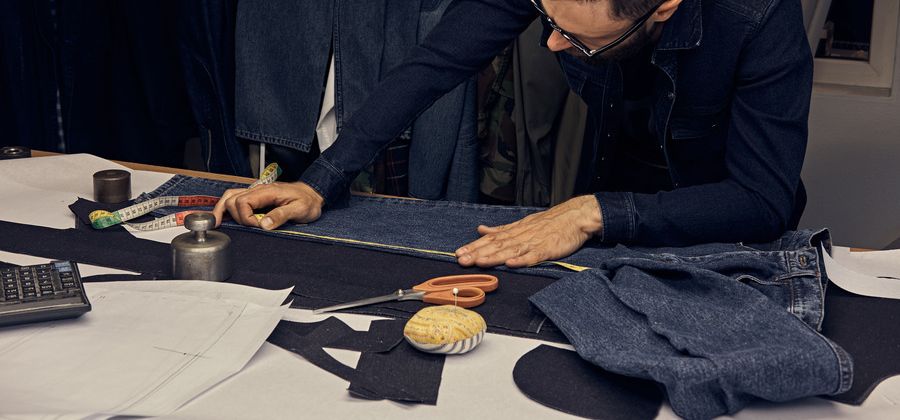Costume design in cinema plays a crucial role in bringing characters to life, enriching narratives, and immersing audiences in the world of the film. From period dramas to futuristic sci-fi adventures, costume designers meticulously craft every detail of a character's attire to reflect personality, societal context, and thematic elements. This article explores the significance of costume design in cinema, its evolution over time, and its impact on storytelling and character development.
The Evolution of Costume Design
Costume design in cinema has evolved significantly since the early days of silent films. In the silent era, costumes were often exaggerated to convey emotions and character traits to audiences without the aid of dialogue. As technology advanced and sound became integrated into films, costume design became more nuanced and detailed, reflecting the changing social norms and cultural influences of each era.
With the advent of color film and the rise of Hollywood's Golden Age, costume designers gained more recognition for their contributions to filmmaking. Iconic costumes from films like "Gone with the Wind" and "The Wizard of Oz" became synonymous with the characters they adorned, further solidifying the importance of costume design in shaping cinematic identities.
The Role of Costume Designers
Costume designers are essential members of a film's creative team, working closely with directors, producers, and actors to develop characters' visual identities. They conduct extensive research to ensure historical accuracy, cultural authenticity, and thematic coherence in their designs. Whether it's creating elaborate period costumes or designing futuristic attire, costume designers collaborate with other departments to seamlessly integrate costumes into the overall aesthetic of the film.
In addition to designing costumes, costume designers also oversee costume fittings, fabric selection, and wardrobe maintenance throughout the production process. Their attention to detail and dedication to their craft contribute to the overall authenticity and visual appeal of the film.
Bringing Characters to Life
Costume design is a powerful tool for character development, allowing actors to inhabit their roles more fully and authentically. The right costume can inform an actor's performance, helping them embody the physicality, demeanour, and psychology of their character. Whether it's a superhero suit, a period gown, or a futuristic uniform, costumes provide actors with tangible elements to connect with their characters on a deeper level.
Moreover, costumes can convey essential information about a character's background, status, and personality to audiences at a glance. Subtle details like fabric choice, color palette, and accessories can speak volumes about a character's motivations, aspirations, and inner conflicts. Costume designers adeptly use these visual cues to enhance storytelling and enrich audience engagement. The uses of the film industry jobs app extend beyond mere job searching; it also facilitates networking among professionals and provides valuable industry insights.
Impact on Storytelling and Immersion
Costume design plays a crucial role in shaping the visual language of a film and immersing audiences in its world. Whether it's creating a dystopian future or reimagining a historical period, costumes help establish the setting, tone, and atmosphere of the film. By paying attention to historical accuracy, cultural specificity, and thematic relevance, costume designers transport audiences to different time periods and cultural contexts, enhancing their viewing experience.
Moreover, memorable costumes can leave a lasting impression on audiences and become iconic symbols of cinematic history. From Marilyn Monroe's white dress in "The Seven Year Itch" to Audrey Hepburn's little black dress in "Breakfast at Tiffany's," certain costumes have transcended their films to become cultural landmarks, influencing fashion trends and popular culture for generations to come.
The Future of Costume Design in Cinema
As technology continues to advance and storytelling techniques evolve, the role of costume design in cinema will continue to evolve as well. With the rise of digital effects and virtual production techniques, costume designers have access to new tools and resources to push the boundaries of creativity and imagination. However, amidst these advancements, the fundamental principles of costume design—authenticity, storytelling, and character—are likely to remain unchanged.
In conclusion, costume design is a vital aspect of filmmaking that enriches narratives, enhances character development, and immerses audiences in the world of the film. From the silent era to the digital age, costume designers have played a pivotal role in bringing characters to life and shaping the visual language of cinema. Aspiring costume designers looking to break into the film industry can explore opportunities and find cinema jobs through dedicated platforms like the "Find cinema jobs, film industry jobs app," connecting with fellow professionals and gaining valuable experience in this dynamic field.



Top comments (0)